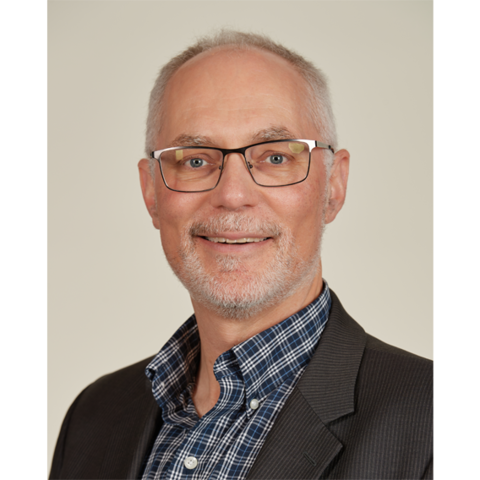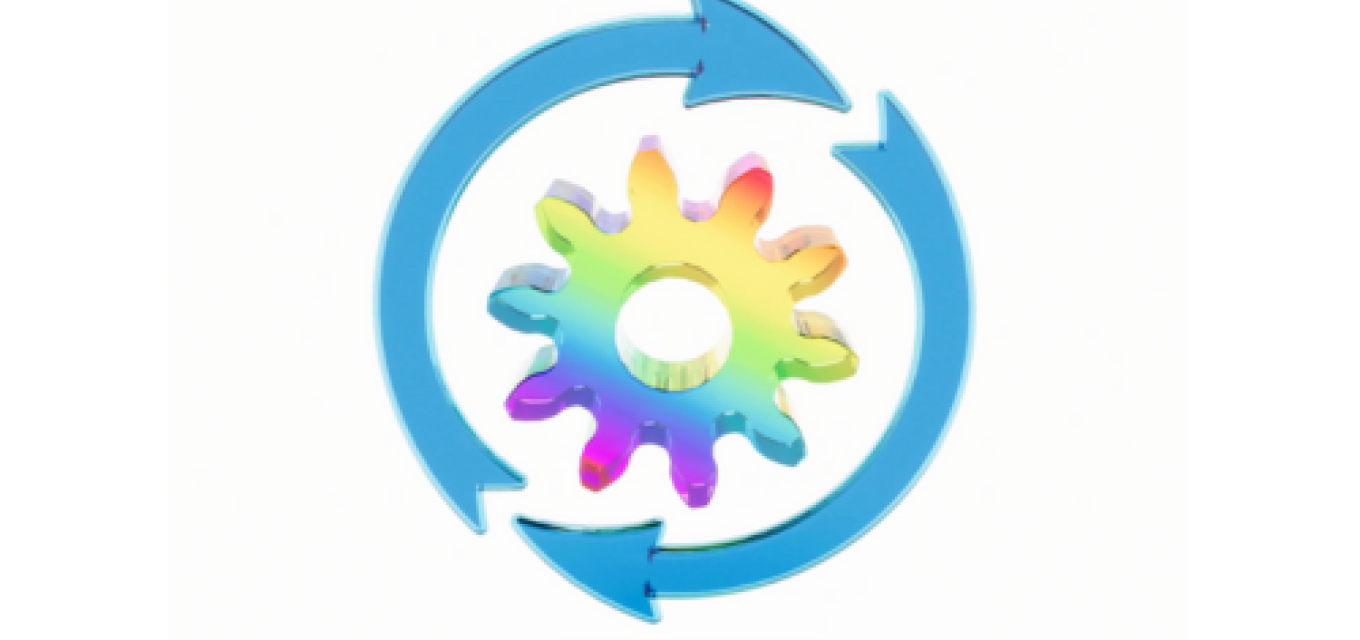Bridging the Divide: Why End-to-End Scientific R&D Workflows are the Future of Innovation
Science today is more complex than ever. Researchers are tackling multidimensional problems—whether designing small molecules, engineering biologics, or optimizing new modalities like antibody-drug conjugates. Yet the digital applications many labs rely on have not kept pace. Most organizations still use fragmented, point solutions to manage different phases of research. While these tools may solve individual problems, they introduce inefficiencies at the very points where breakthroughs are most likely to emerge.
Signals One™ by Revvity Signals was built to change this. As the first unified, cloud-native SaaS R&D solution spanning the entire Design-Make-Test-Decide lifecycle, Signals One eliminates workflow gaps, simplifies scientific complexity, and enables true collaboration across disciplines.
The Hidden Costs of Disconnected Workflows
R&D is a relay race where each group hands off data, results, and recommendations to the next. An organization might rely on one application to design molecules, another to manage assays, and yet another to analyze results. But batons can easily be dropped, and cues missed.
Traditional approaches to addressing communications gaps often rely on cobbling together an array of point solutions from multiple vendors, each built for a specific phase of Design-Make-Test-Decide continuity. While individually powerful, these solutions rarely speak the same language, leading to reformatting, exporting, or even manually re-entering information. This drives a host of hidden productivity killers:
- Lost context and connections as data moves from one system to another, stripping crucial metadata, experimental conditions, and historical context. This makes it difficult to trace decisions back to original experiments and understand the full story behind a result.
- Productivity drains, with scientists spending an estimated 30% of their time managing transitions between disparate systems. They should be focused on advancing research through scientific inquiry, not exporting, importing, reformatting, and manually reconciling data.
- Incomplete data lineage that makes it hard to connect initial design through final decisions. Without a continuous thread linking every data point, the integrity and trustworthiness of results can be compromised. This makes robust decision-making a challenge, particularly in complex drug modalities research.
- Inconsistent user experiences can require scientists to learn and navigate multiple, often disparate, interfaces – adding to their cognitive load, slowing down adoption of new technologies, and creating unnecessary friction in daily workflows.
- Siloed teams hamper cross-disciplinary collaboration. This is the expected outcome from the inherent fragmentation of point solutions, making it difficult for biology, chemistry, and formulation teams to work seamlessly together and share insights.
Transformation Through Solution Continuity
End-to-end R&D workflows like Signal One preserve the full context and lineage of data from the moment of design to the final decision. A single, comprehensive solution that eliminates workflow discontinuities doesn’t just prevent inefficiencies; it actively enables better science.
Some software solutions simply stitch together existing tools, but a unified approach across the entire R&D continuum is about true integration. They can utilize trusted products, but should be built from the ground up to support the full Design-Make-Test-Decide lifecycle.
What should you look for in an end-to-end R&D workflow solution?
- Seamless continuity: no breaks between stages, ensuring data context and connections stay intact.
- Unified data architecture: a single, consistent data model that eliminates the need for cumbersome transformations, mappings, and translations between systems. This guarantees data integrity, complete traceability, and makes data inherently "AI-ready" for future insights. It’s also more scalable, avoiding the inefficiencies that can multiply as programs grow.
- Consistent user experience and integrated tools: a familiar interface and recognizable tools across all R&D activities makes training and cross-disciplinary operations fluid.
- Complete data lineage: maintaining full context and connections improves decision-making with confidence. This is crucial for structure-activity relationship (SAR) and BioSAR decisioning, allowing researchers to rapidly iterate and optimize.
- Cross-disciplinary collaboration: sharing data, insights, and progress in real-time can accelerate collective discovery.
- AI-enhanced user experience: this includes semantic search, summarization assistants and automated protocol writing, while continuing to safeguard sensitive intellectual property.
- Analytics capabilities: built-in data processing workflows for a range of analytical tasks, including in vitro curve fitting, and group comparisons.
The Future of Innovation is Unified with End-to-End Scientific R&D Workflows
The research challenges of tomorrow, more complex modalities, more data, more need for collaboration, cannot be solved with yesterday’s fragmented tools. True integration requires more than piecemeal connectivity; it requires an end-to-end solution designed specifically to bridge the entire R&D continuum.
Scientific organizations are facing the need for a fundamental shift in how to approach their digital workflows. It means eliminating the hidden costs of discontinuity to empower researchers to focus on what matters most: driving the next wave of innovation.
Revvity Signals built Signals One because we recognized the critical need for comprehensive, gap-free software solutions across the entire R&D process.
Ready to learn more about how Signals One can transform your R&D efforts? Contact us or request a demo.

Chris Stumpf
Senior Principal Marketing Professional, Revvity Signals Software, Inc.Chris Stumpf is a Senior Principal Marketing Professional responsible for Marketing Programs at Revvity Signals Software, Inc. Chris has over 20 years of experience in the Analytical Instrumentation and Informatics industry spanning Pharmaceuticals & Life Sciences to Chemicals & Materials. He has a Ph.D. in Analytical Chemistry and Mass Spectrometry from Purdue University.
